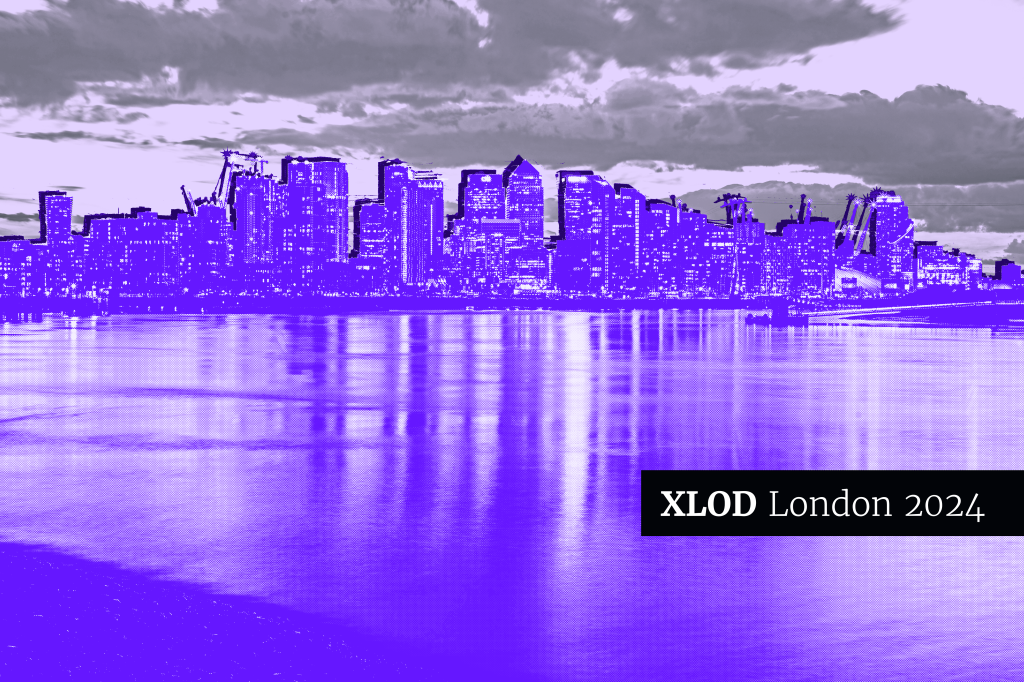This session at the premium surveillance event for finance featured expert practitioner comment from: Cathal Graham, Global Head of Communications Surveillance, Natwest Group; Ugne Willard, Head of Communications Surveillance, Barclays; Oliver Blower, Group CEO, VoxSmart and Rob Mason, Regulatory Intelligence Director, Global Relay.
As usual the session began with an audience survey question – are improvements in transcription accuracy and efficiency now revolutionary rather than evolutionary?
In response, 12% of the audience felt that only step-by-step advances were being made and 78% felt that transcription accuracy was on the cusp of a revolutionary transformation.
The panellists were then asked to outline their views on this revolution in voice transcription technology.
Large language models
The group agreed that historically voice monitoring was not fit for purpose, but that things have significantly improved over the last few years. The application of new technologies, particularly large language models, means that transcription and translation results are now significantly better. One of the panellists suggested caution, however, indicating that despite some breakthroughs there was still some work to do.
It became quickly apparent that most of the panel felt that there was a new level of maturity in this technology and that as firms gain more confidence in AI-driven solutions this will likely have an impact on their operating models. Both processes and operational structures are likely to change as they leverage the opportunities brought by the new technology.
According to one of the panellists, comprehensive monitoring may well become possible with this technology even where the number of first-line reviewers is actually reduced.
There was a feeling among the group that regulatory expectations in this area were shifting as well. And while the regulators were not quite at a point where a risk-based approach was going to be discarded in favour of a higher standard, such a development was foreseeable given what the new technology made possible in terms of capture.
The panellists also pointed to the fact that in the past voice transcription involved significant outlay for what was perceived as limited return. But with more effective and efficient tools the business case becomes more attractive, particularly in connection with uncovering opportunities for improving front-office outcomes and culture.
Data quality
Some concern was expressed about the quality of data and there was consensus that this would need to also improve in order for voice surveillance to reach its potential. Capturing and monitoring voice communication will eventually become a key surveillance channel to supplement the electronic communication presently being captured more comprehensively.
These advances are also likely going to lead to an expansion in the populations being surveilled – moving away from the present limited scope of individuals involved in some transaction work. Access to this channel would help monitor and improve culture, assess performance, uncover knowledge gaps and provide training opportunities.
Another question was posed to the audience around the expansion of the population that would be in-scope of voice surveillance. The audience response was tilted towards expansion with:
- 8% saying that it would broadly stay the same;
- 52% that it would moderately increase; and
- 40% that it would significantly increase.
In terms of potential future developments at least a couple of the panellists felt that reliable sentiment and tone analysis would be valuable additions to the existing voice capture toolbox.
Real-time surveillance
And finally there was agreement that there was a case to be made for real-time surveillance, particularly in connection with the front office, and not necessarily entirely driven by regulatory expectation but by opportunities in terms of improving efficiency and good outcomes for the firm.
This was another very well attended XLOD event, and there were some excellent questions from the audience including one that was also recently posed at an NSCP conference in New York: does capturing all these additional records actually constitute a litigation risk?
As with anything else connected to risk, compliance and regulation the answer is complicated. But one of the panellists made what we think is a key point that there is real value to understand the risk that you have within your firm from the ground up.
Speaking to us following the session Rob Mason, Director of Regulatory Intelligence at Global Relay, recognized the potential challenges for business and compliance teams stemming from surveillance access to a new communication channel.
But he remained optimistic about the future, drawing parallels to the introduction of electronic communication surveillance in the not so distant past: “Technology development has now provided a comprehensive risk management solution to undertake voice surveillance,” he said. “This will lead to a large number of issues identified, similar to when electronic (written) communication was first comprehensively introduced. Placing reliance on listening to a small sample of calls is a thing of the past. The future is now!”













